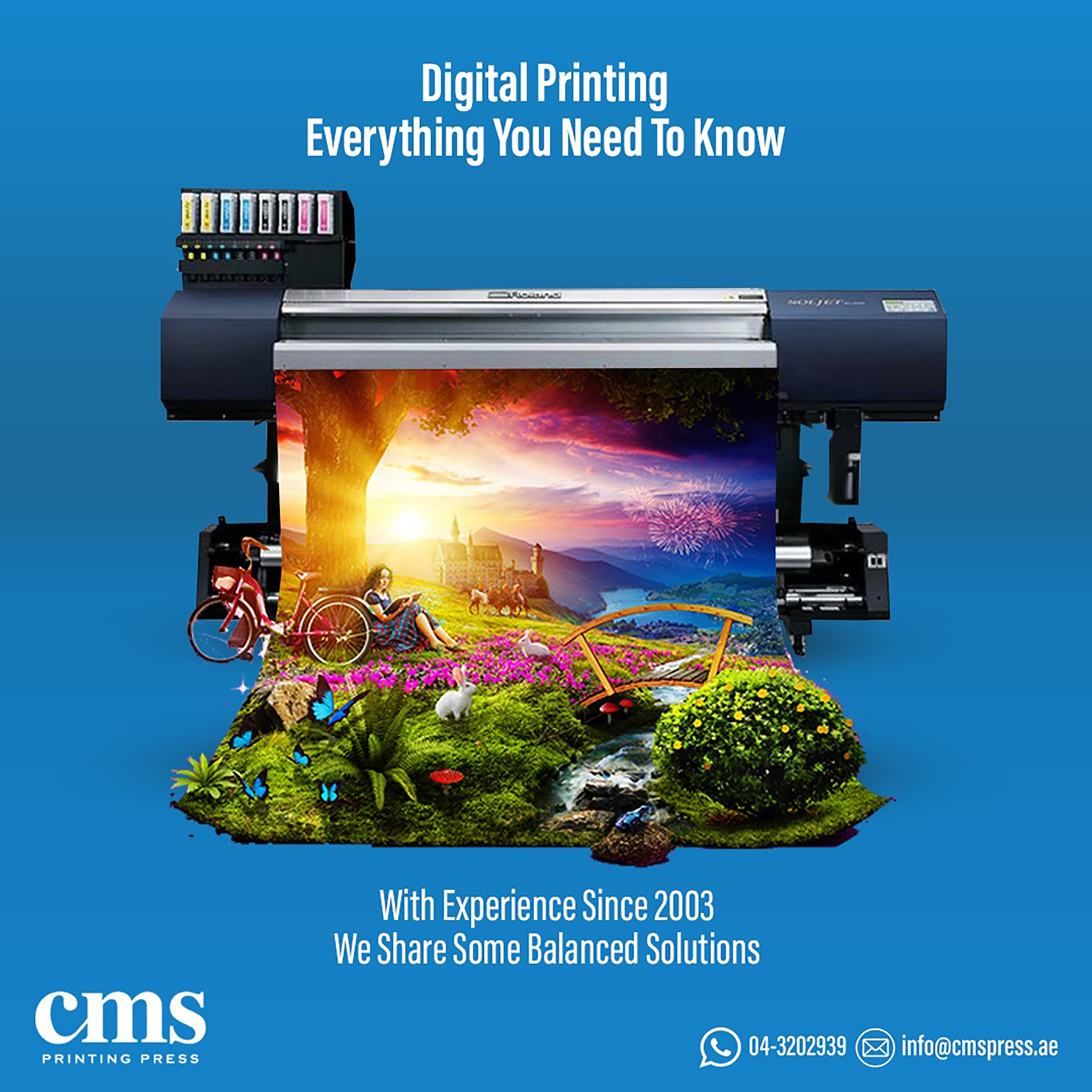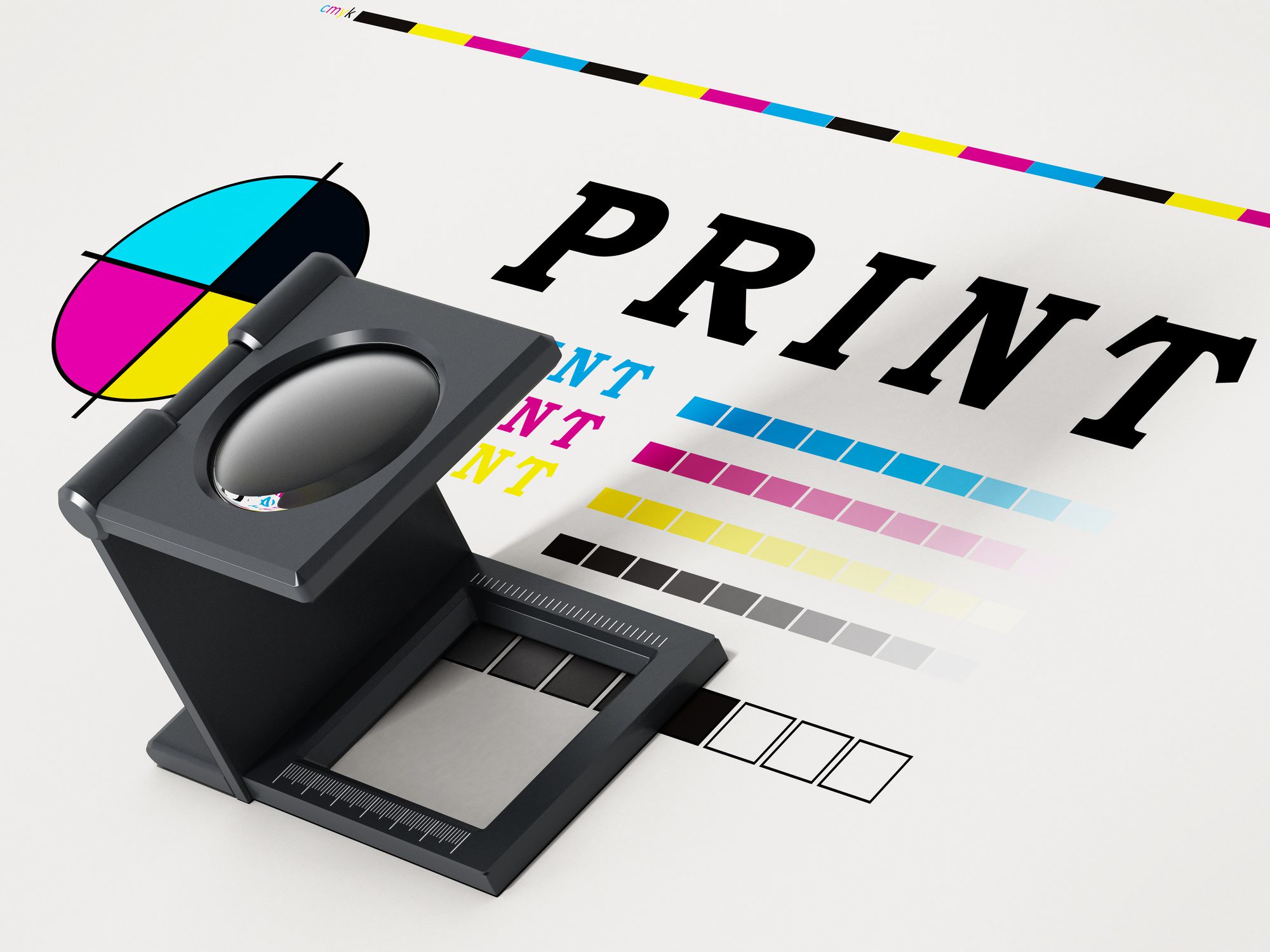The Future of Marketing Materials: Technologies in Digital Printing
As the marketing landscape constantly progresses, electronic printing is arising as a transformative pressure, positioned to redefine typical techniques. The change from standard to individualized products, driven by technical innovations, assures to change brand-consumer partnerships. Nonetheless, this change is not without its intricacies and obstacles. It bids an expedition right into the cost-effectiveness, sustainability, and general efficiency of digital printing in contemporary marketing strategies.
The Shift From Traditional to Digital Printing in Advertising And Marketing
As the globe quickly transitioned into the electronic age, the landscape of advertising experienced a considerable shift from typical to digital printing. This transition was driven by a myriad of variables, including the need for even more personalized, targeted advertising and marketing products, in addition to the demand for speed and performance in production. Traditional printing approaches, with their lengthy turn-around times and restricted customization options, were no much longer appropriate in the hectic globe of digital advertising. Digital printing became a premium option, offering unmatched degrees of versatility, rate, and customization. Its capability to generate premium prints basically periods, paired with its capacity for on-demand printing, changed the marketing industry, providing conventional approaches obsolete.
The Technological Developments Driving Digital Printing Technology
While the benefits of electronic printing have actually spurred its fast fostering, it is the continual technical advancements that are genuinely driving technology in this area. Breakthroughs in digital technology have made it possible to print with unequaled accuracy and rate, changing the production of marketing materials. Developments in software technology, such as the rise of cloud-based platforms, have streamlined the design-to-print procedure, boosting effectiveness and minimizing expenses. Furthermore, developments in printer innovation, especially the introduction of high-speed inkjet printers, have considerably reduced the moment it takes to publish huge quantities of advertising materials. These technical innovations are not just improving the abilities of digital printing but additionally improving the method companies approach their marketing strategies.
The Influence of Digital Printing on Advertising Strategies
The arrival of digital printing has actually considerably changed standard marketing approaches. This innovation not just improves brand name visibility in the electronic realm however also uses affordable remedies for companies. The succeeding sections will better explore just how digital printing is reinventing the advertising and marketing landscape.
Reinventing Typical Advertising Approaches
Digital printing has actually stormed onto the marketing scene, substantially shifting the trajectory of standard strategies. It has paved the means for very individualized, targeted projects. Unlike traditional printing, which requires bulk orders to be cost-efficient, digital printing permits cost-effective brief runs and speedy turnarounds. This versatility, coupled with the capability to customize layouts in real-time, makes it possible for companies to respond quickly to market adjustments. Electronic printing's high-quality production enhances the aesthetic appeal of marketing materials, creating a more powerful impact on customers. The integration of QR codes and augmented reality via electronic printing additionally gives an interactive experience, combining the physical and electronic realms. Thus, digital printing is revolutionizing traditional marketing approaches, driving extra vibrant, receptive methods.

Enhancing Brand Exposure Digitally
As advertising methods quickly progress, electronic printing has actually become a potent tool for improving brand visibility. This technology has actually rejuvenated the method services reach their target market. Digital printing enables for personalization, allowing brands to tailor their advertising and marketing products to details customer segments. This customization increases involvement and cultivates a more powerful connection between the customer and the brand name. Furthermore, digital printing facilitates the production of vivid, high-grade pictures that draw in attention and boost passion. The immediacy of digital printing also enables quick adjustment to market modifications, guaranteeing that marketing products stay current and pertinent. Therefore, digital printing is not simply a technological innovation, however a tactical method for services aiming to optimize their brand's presence in the digital age.
Cost-Efficiency of Digital Printing
Beyond enhancing brand presence, electronic printing also substantially impacts marketing techniques with its cost-efficiency. Unlike typical printing methods that include various actions and products, electronic printing requires less configuration time and resources, leading to a decrease in total prices. In addition, it permits for on-demand printing, therefore removing the need for bulk orders, storage, and waste from unsold materials. It supplies the adaptability to customize prints to details target market, lowering prices associated with wasted advertising and marketing. Additionally, the top quality output of digital printing enhances the appeal of marketing products, possibly boosting client conversion rates and sales. Thus, the cost-efficiency of electronic printing can substantially enhance advertising techniques, contributing to a more effective and successful advertising and marketing project.
Cost-Effectiveness and Efficiency of Digital Printing
The advancements in electronic printing have not only reinvented the industry however additionally produced considerable cost-effectiveness and performance. print on demand. Decreased expenses of manufacturing, streamlining service procedures, and sustainability are pivotal elements of this makeover. An expedition of these elements will give a comprehensive understanding of the economic and functional advantages electronic printing deals

Reduced Prices of Production
Substantial developments in electronic printing innovation have actually significantly reduced manufacturing prices, paving the means for a much more cost-effective and effective procedure. Premium outcomes are currently achievable at a portion of the traditional printing expense, mainly because of decreased waste, decreased labor, and decreased material usage. Digital printing permits the production of tiny to get more medium print runs economically, removing the need for big first print volumes. The innovation additionally reduces the need for plates, movies, and chemicals made use of in conventional processes, adding to lower overhead costs. In addition, digital printing provides the benefit of on-demand printing, which lowers supply costs. Hence, these reductions in various areas of production make digital printing a progressively eye-catching alternative for businesses seeking to maximize their marketing spending plan.
Streamlining Organization Procedures

Sustainability in Digital Printing
Incorporating sustainability into company methods has ended up being progressively crucial, and digital printing is no exemption. With its cost-effectiveness and performance, electronic printing supplies an extra lasting remedy contrasted to typical approaches. Electronic printing enables for the use of naturally degradable inks and recycled materials, contributing to a round economic situation.
Instance Researches: Effective Application of Digital Printing in Marketing
Ever asked yourself just how electronic printing has considerably altered the landscape of advertising? A prime example is Coca-Cola's 'Share a Coke' campaign. To individualize their item, Coca-Cola applied electronic printing to replace the traditional logo design with one of the most prominent given names. This ingenious advertising and marketing method led to a significant sales increase. One more case is IKEA's use of electronic printing to create its well-known catalogs. print on demand. By using variable data printing, IKEA had the ability to personalize brochures based upon customer choices, improving consumer interaction and retention. Amazon's print-on-demand solution is a testament to the success of electronic printing. It allows writers to print books as required, minimizing waste and costs. Indisputably, these situation studies demonstrate the transformative power of electronic printing in advertising.
The Potential customers and Obstacles of Digital Printing in Future Marketing
Reviewing these instances, it becomes clear that the capacity of electronic printing in advertising and marketing is immense. It provides the capability to individualize materials, successfully ordering customer attention and enhancing interaction. This development is not without difficulties. As innovation advances, the finding out contour for marketers steepens. It needs constant understanding and financial investment in brand-new software program and equipment. In addition, personal privacy problems arise with the increased use personal information in targeted advertising and marketing. While electronic printing supplies amazing leads for the future of advertising and marketing, these difficulties have to be resolved. Stabilizing technology with moral factors to consider will define the path onward for electronic printing in the advertising and marketing landscape.
Verdict
To conclude, digital printing is revolutionizing the advertising and website here marketing landscape with its adjustable and affordable remedies. Technical advancements are fuelishing this change, allowing brand names to link on a deeper degree with consumers. Despite possible challenges, the leads of digital printing are encouraging, providing eco-friendly techniques and enhanced customer engagement. As this development unfolds, it appears that digital printing is poised to redefine the future of marketing products.
Comments on “Learn the foundations of product creation with print on demand platforms.”